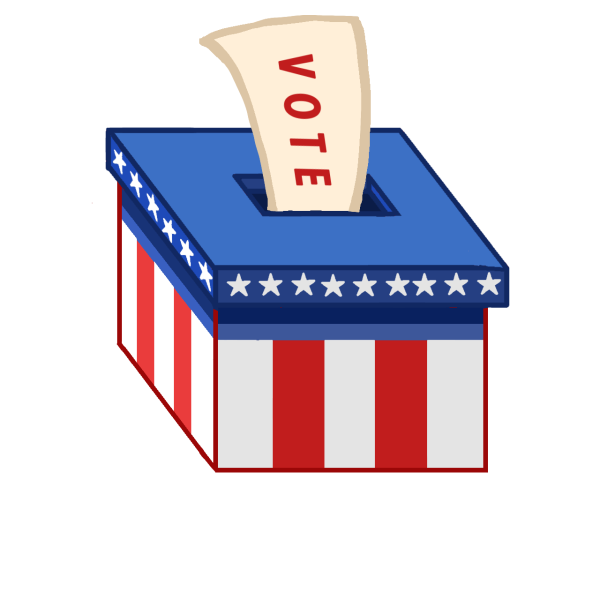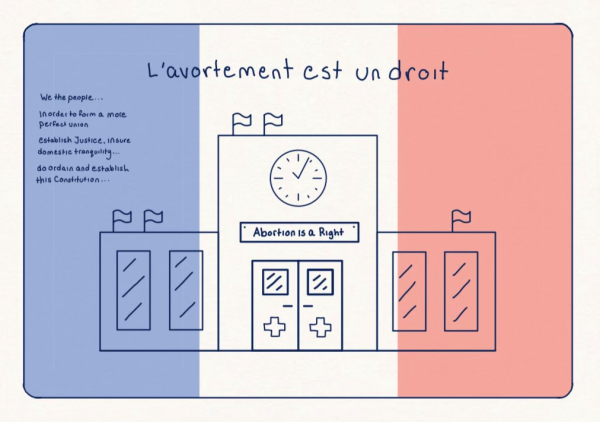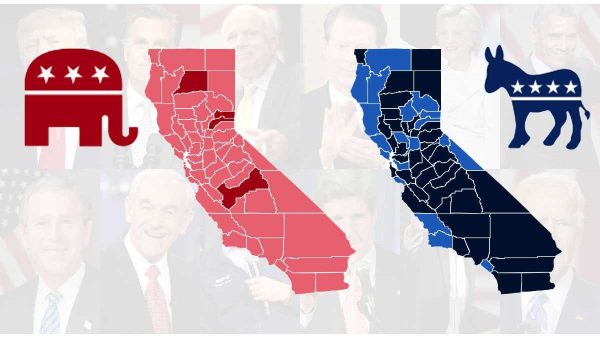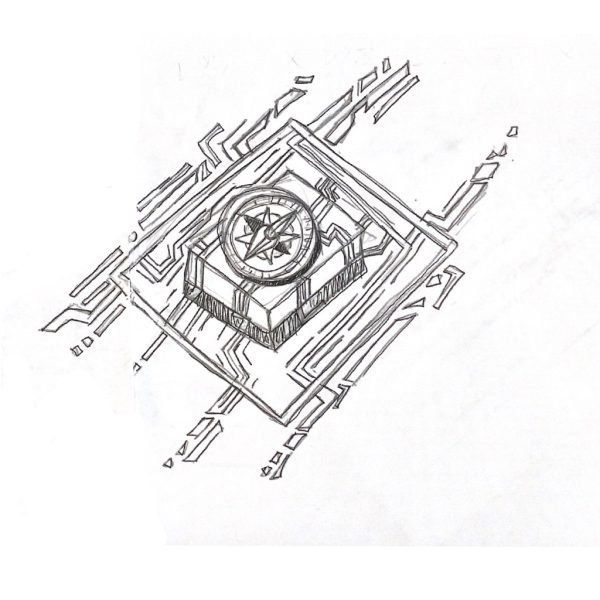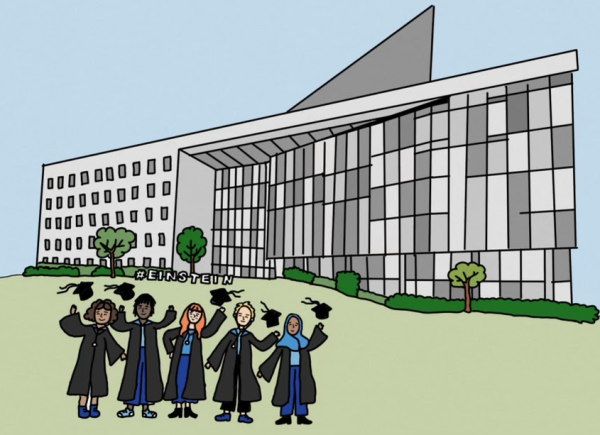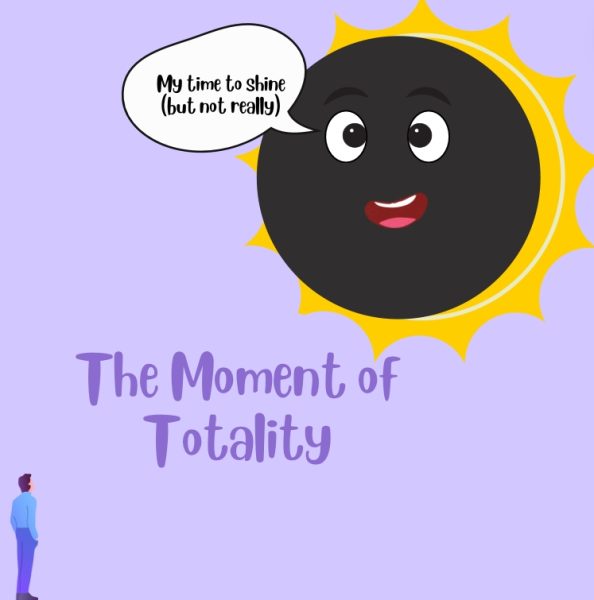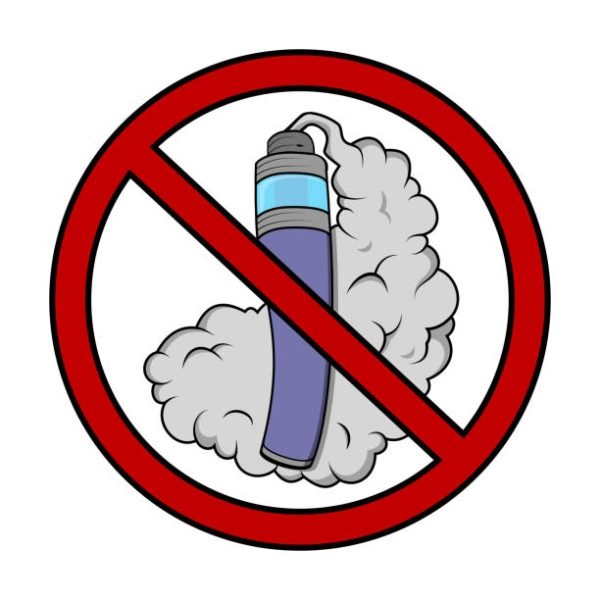Trump’s Immigration Policy Does Not Fly Well at the LAX and Ontario Airport Protests
The justification was that the ban was necessary in order to prevent future terrorist attacks. The order banned travel from these nations for 90 days and suspension of refugee admission for 120 days. Trump stated the ban was not aimed towards Muslims. However, many felt otherwise. Controversy was raised because there were no reported terrorists from the banned countries, and he excluded countries he has business partnerships with. U.S. citizens in those countries were not allowed to reenter the country. The ban not only affected illegal immigrants but permanent residents, green card holders, and legal visa holders as well. An American Civil Liberties Union attorney claimed that around 40 legal Yemen immigrants were detained at LAX. Protesters blocked traffic and arrivals, and departures were temporarily stopped. The protesters demanded the release of people who were detained and would not leave until they did.
“Going to the Muslim ban protest was one of the most influential things I have ever experienced,” junior and LAX protest attendee Andrea Calderon said. “It was so beautiful having so many different races, genders, and cultures all come together to fight for the same purpose.”
The previously proposed travel ban will not be established. The ban was first lifted by a judge on Feb. 4. Then on Feb. 9, three federal judges ruled to deny the Department of Justice’s bid for an emergency stay. The three judges felt that there was not enough evidence from the government that nationals from the seven listed countries had actually carried out any acts of terrorism. Essentially, citizens of those majority-Muslim countries will still be able to be able to travel to the U.S. President Trump may take pressing actions however, as he expressed his discontent with the court decision by tweeting on Feb. 9: “ SEE YOU IN COURT, THE SECURITY OF OUR NATION IS AT STAKE!” Ironically, he already went to court on the issue.
Evidently, protests were heard and impacted the decisions made at the courthouse. Those who have family in the previously named countries now have nothing to worry about as they are free to travel as they please. This temporary travel ban that was enforced for a short period is one of many policies the Trump administration will attempt to establish. With increasing tensions, only time will tell what will occur.
Hello there! Our goal is to provide relavent, engaging journalism for readers of all ages. Your donation will support the student journalists of the Wolfpacket at Claremont High School, and will allow us to purchase equipment, print our monthly issues, and enter in journalism competitions. We appreciate your consideration!
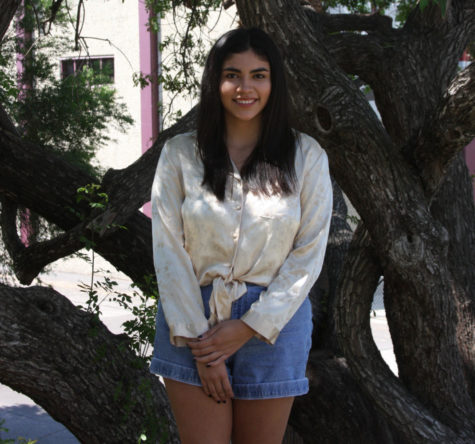
Paulina Gonzalez is currently a senior at Claremont High and it is her second year on the Wolfpacket. She is serving as the head Opinions editor and is...





